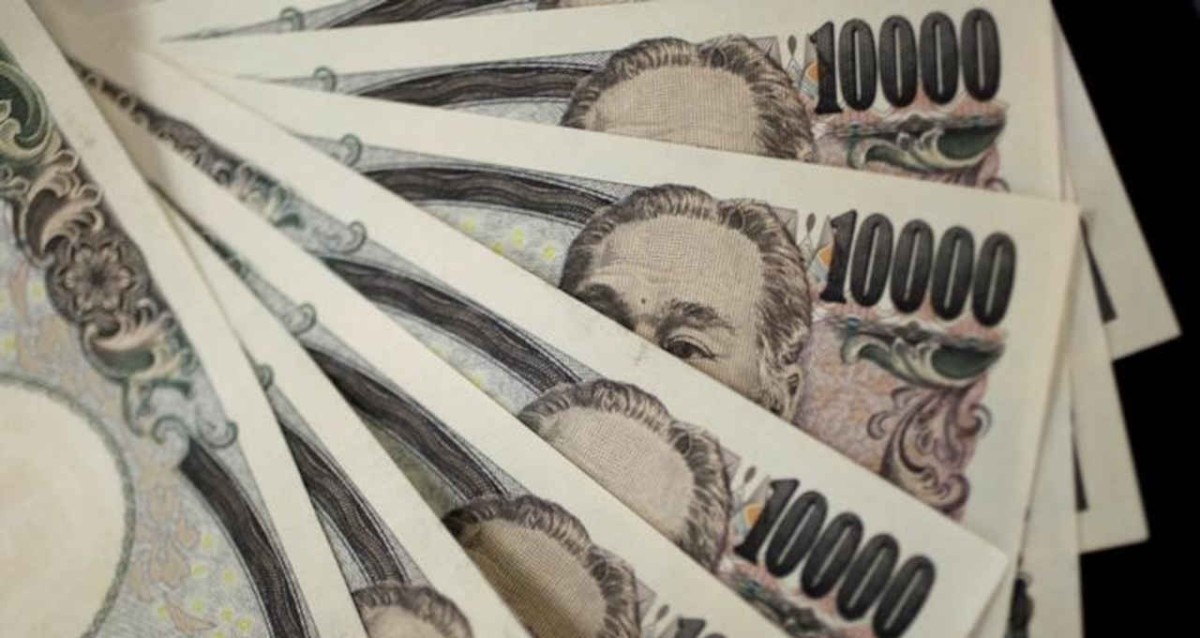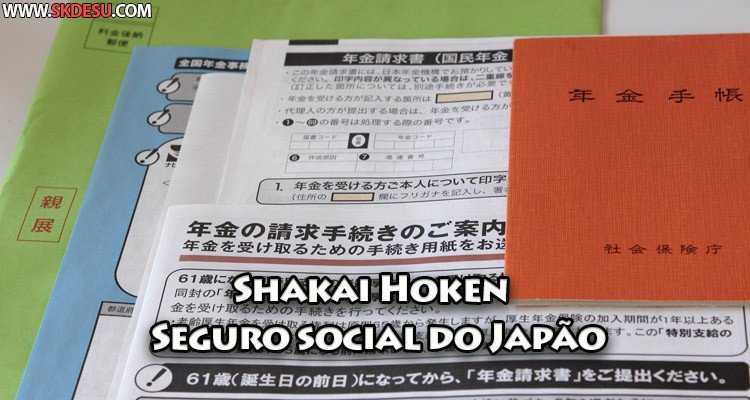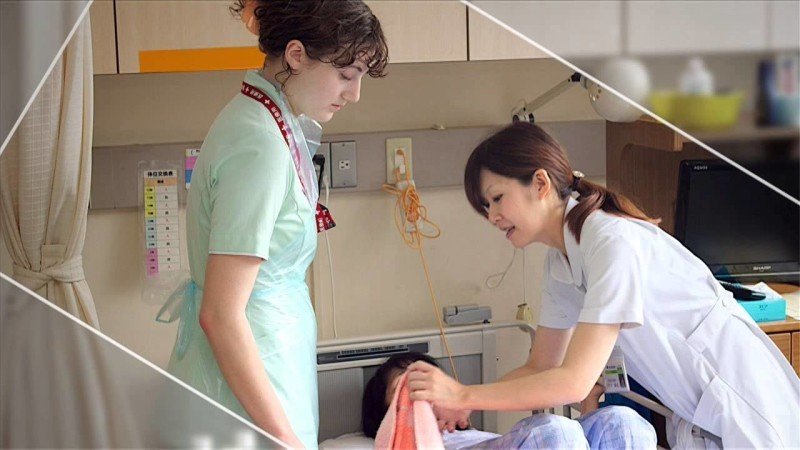The Shakai Hoken (社会保険) is a social insurance system in Japan that provides a wide range of benefits to workers. It includes health coverage, retirement, workers' compensation, and even funeral assistance. This system is essential to ensure the financial security and well-being of workers and their dependents. If the holder passes away, the family receives a pension; if they become disabled, there is a disability pension; and in case of illness, the insurance covers 70% of medical expenses.
The social insurance is administered by the Japanese government and enrollment is done through the employer. It is important to understand how Shakai Hoken works to make the most of your benefits. Let’s explore this in detail!
Table of Content
Structure of Shakai Hoken
Health Insurance (Kenko Hoken)
The Kenko Hoken covers 70% of medical expenses, consultations, hospitalizations, and treatments. Insured individuals pay 30% of the cost, but there is a ceiling of 80,100 yen per month for medical expenses, ensuring that costs are not excessively high. Additionally, if the insured becomes unable to work due to injuries or illnesses, they can receive 60% of lost wages for up to one and a half years.
Another important benefit is maternity assistance. Pregnant women receive 60% of their salary during maternity leave, and there is a subsidy of 420,000 ienes for childbirth expenses. The insurance also covers costs for orthopedic products, physiotherapy, and other medical treatments.
Social Security (Kosei Nenkin)
The Social Security is part of Shakai Hoken and provides a pension to workers when they reach 65 years of age, as long as they have contributed for at least 10 years. Previously, the minimum contribution period was 25 years, but this has been reduced to facilitate eligibility. The pension is paid until the death of the holder, and if the insured passes away, their dependents are entitled to an annual pension that can exceed 1 million yen.
For those who become disabled, there is a disability pension. In addition, foreigners who contributed to the system can request a refund of their contributions upon returning to their country, depending on the length of contributions and certain conditions.

Registration and Who Should Contribute
Enrollment in Shakai Hoken is mandatory for all employees who work more than 20 hours per week, have a contract of at least two months, and earn more than 88,000 yen per month. The company must register its employees in the system and cover 50% of the contributions. Self-employed workers and freelancers are not covered by Shakai Hoken but can enroll in Kokumin Kenko Hoken (National Health Insurance) and Kokumin Nenkin (National Pension).
How Much Is Paid?
The costs of Shakai Hoken vary according to the province where the insured resides and the salary they receive. Generally, the total contributions are divided into:
- 10% from salary for health insurance;
- 17% for social security;
- 1% for other benefits, such as unemployment insurance.
Half of the total amount (around 28%) is paid by the company, and the other 13% is deducted from the worker's salary. For example, if a person receives a gross salary of 330,000 yen, approximately 40,000 yen will be deducted for the Shakai Hoken, with about 15,000 yen for health insurance and 25,000 yen for pension.

Additional Benefits
Funeral Assistance and Death Pension
If the policyholder passes away, the insurance covers funeral expenses of about 50,000 yen. In addition, dependents may receive an annual pension, ensuring financial support for the family during difficult times.
Refund of Contributions for Foreigners
Foreign workers leaving Japan can apply for a refund of contributions made to the Shakai Hoken, known as Lump-Sum Withdrawal Payment. The amount depends on the length of contribution, but this benefit is only applicable if the worker has contributed for less than 10 years. For longer contribution periods, it is possible to receive the pension even outside Japan.

Alternatives to Shakai Hoken
If you do not qualify for Shakai Hoken, there are alternatives, such as Kokumin Kenko Hoken (National Health Insurance) and Kokumin Nenkin (National Pension). These are administered by local municipalities and are mandatory for all residents in Japan over the age of 20. They offer similar coverage, but with contributions that may vary depending on income and financial situation.
The Shakai Hoken is a complex but essential system for those working in Japan. We hope this article has helped clarify your questions. If you want to know more or discuss your specific situation, consult a specialist or see additional information on reliable municipal or prefectural websites.
